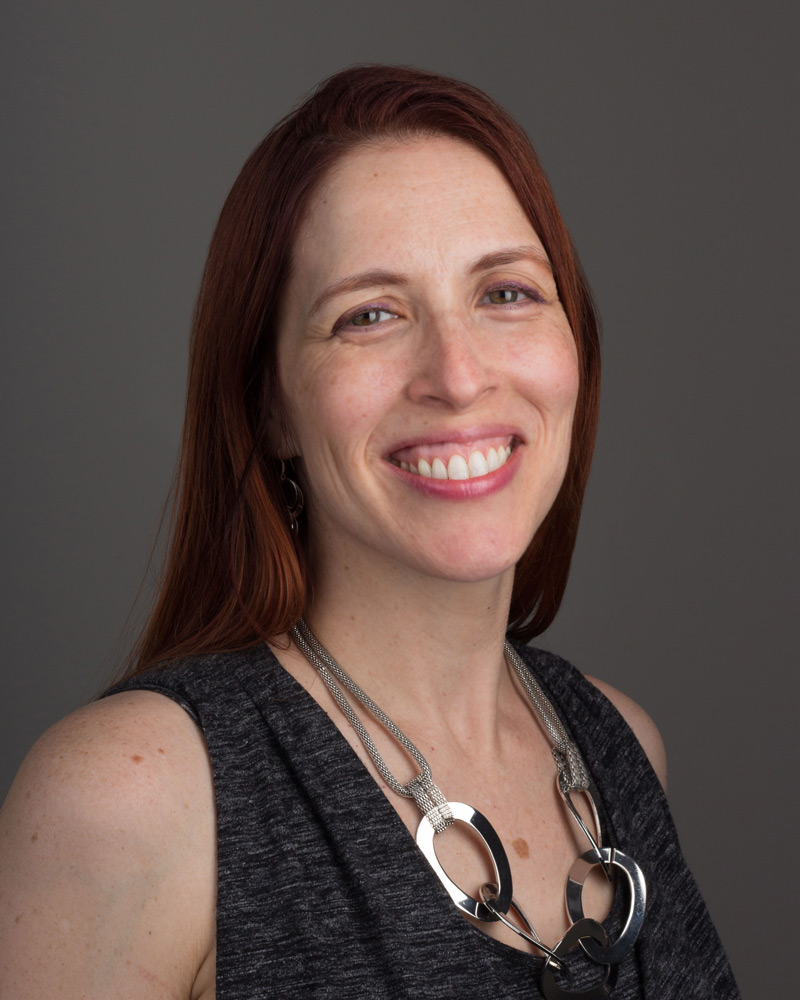Spinal deformity
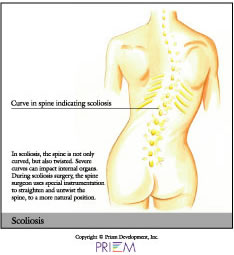
Skeletal irregularities place strain on the vertebrae and supporting muscles, tendons, ligaments and tissues supported by spinal column. These irregularities include scoliosis, a curving of the spine to the side; kyphosis, in which the normal curve of the upper back is severely rounded; lordosis, an abnormally accentuated arch in the lower back; back extension, a bending backward of the spine; and back flexion, in which the spine bends forward.
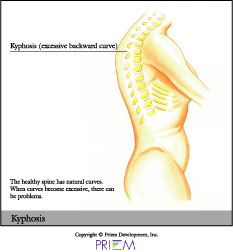 Spinal deformities can affect people of all ages but
are most common in adolescents. The cause of these conditions are unknown,but abnormal bone and muscle growth are thought to be a contributing
factor.
Spinal deformities can affect people of all ages but
are most common in adolescents. The cause of these conditions are unknown,but abnormal bone and muscle growth are thought to be a contributing
factor.
Spinal deformities become serious when they progress and threaten to cause severe pain and/or permanent disability. In other cases, some people with spinal deformity may not even know they have it. Treatment of these conditions aims at minimizing progression of the disease and preventing further growth.

Understanding Symptoms
Pain is not a good indicator of when to see a doctor for a spine problem. While a back spasm can be excruciating, the good news is that ligament strain doesn’t require surgery.
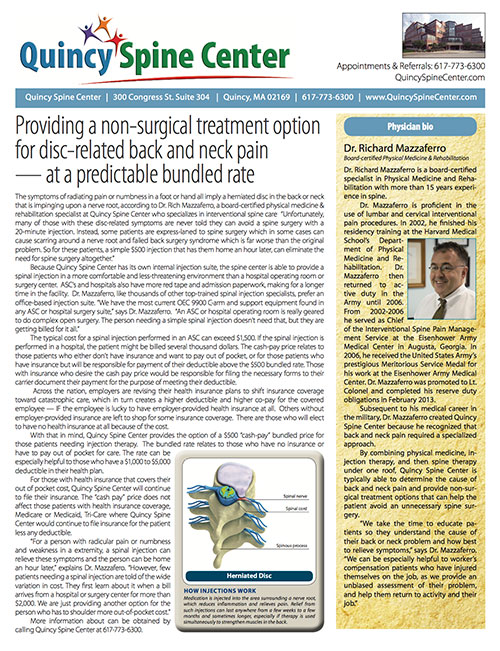
Quincy Bundled Rate
Find out more about a simple 20 minute office procedure — at a $700 bundled rate — that can eliminate the need for spine surgery.
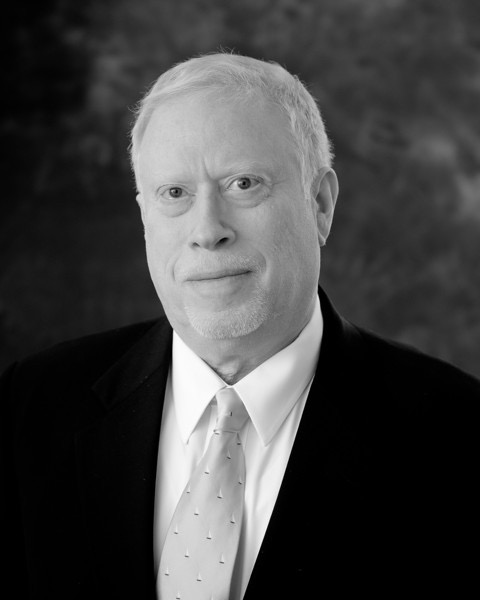
Jeffrey Jackel, MD
Board-certified Anesthesiologist
Board-certified in Pain Medicine (exp)


